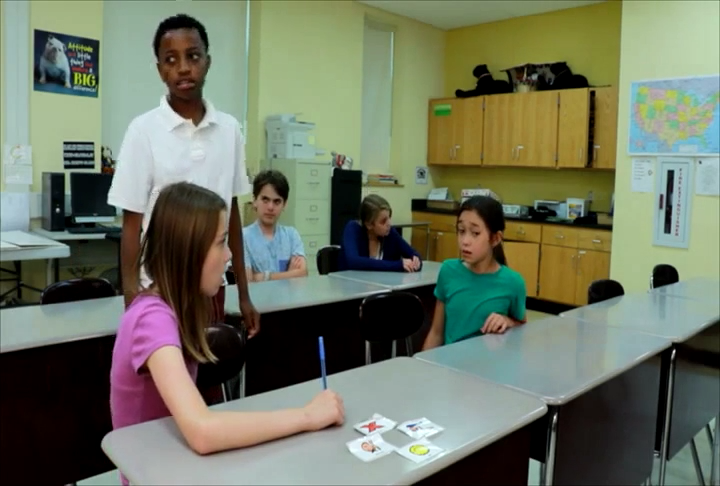
Introduction
Social-emotional learning is essential for middle school students, as it helps them develop healthy relationships and manage their emotions. One essential skill is learning to stay calm and address problems effectively. When students get upset, they can turn small problems into bigger ones, which can lead to conflicts and misunderstandings. In this blog post, we will explore an easy-to-implement, no-prep activity to teach students how to stay calm and solve problems, followed by discussion questions and related skills.
No-Prep Activity
This activity, called “Stay Calm and Solve,” requires no materials or preparation from the educator. It can be easily adapted to various situations, making it a versatile tool in teaching students how to stay calm and solve problems.
- Present a scenario to the students where a character (e.g., Chris) becomes upset over a situation (e.g., friends wanting to play tag instead of frisbee).
- Ask the students to identify the character’s emotions and the consequences of their actions (e.g., Chris’s anger causing others to not want to play with him).
- Encourage students to brainstorm alternative ways the character could have reacted to the situation, focusing on staying calm and finding a solution.
- Discuss the potential outcomes of the alternative reactions and how they differ from the original situation.
- Reinforce the importance of staying calm and solving problems effectively to maintain positive relationships with others.
Discussion Questions
- Why is it important to stay calm when faced with a problem or disagreement?
- How can getting upset and reacting negatively affect our relationships with others?
- What are some strategies you can use to stay calm and think clearly when faced with a problem?
- Can you recall a time when you stayed calm and effectively solved a problem? How did it make you feel?
- How can practicing staying calm and solving problems help you in your everyday life?
Related Skills
Beyond staying calm and solving problems, there are other social-emotional learning skills that can help middle school students navigate the challenges of adolescence. Some related skills include:
- Active listening: Paying attention to what others are saying and responding thoughtfully.
- Empathy: Understanding and sharing the feelings of others.
- Assertiveness: Expressing one’s thoughts and feelings respectfully and confidently.
- Conflict resolution: Resolving disagreements in a constructive and respectful manner.
- Emotion regulation: Managing and expressing emotions in a healthy and appropriate way.
Next Steps
Now that you have learned about teaching middle school students to stay calm and solve problems, consider incorporating this no-prep activity and related skills into your curriculum. To explore more engaging resources and materials for teaching social-emotional learning, sign up for free samples at Everyday Speech. By helping students develop these essential skills, you are empowering them to build healthy relationships and navigate life’s challenges with confidence and resilience.

